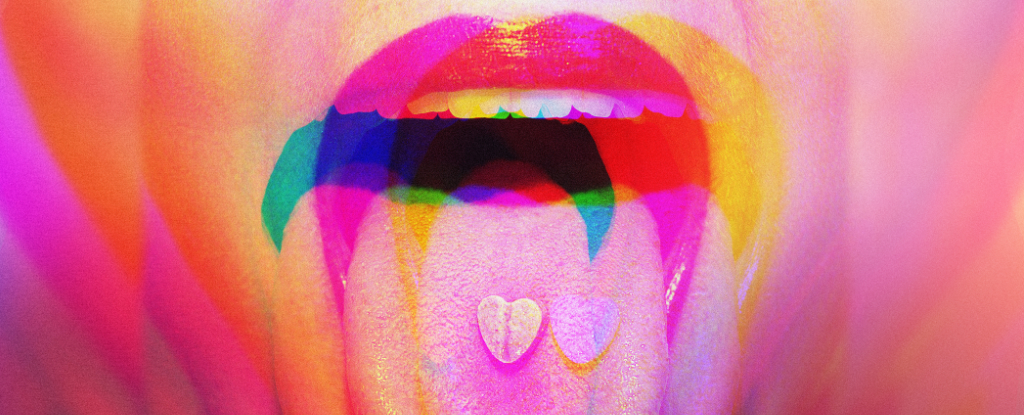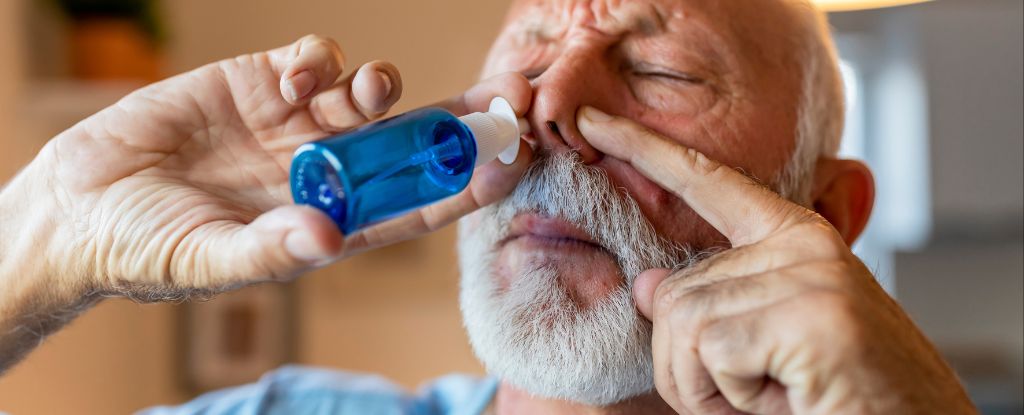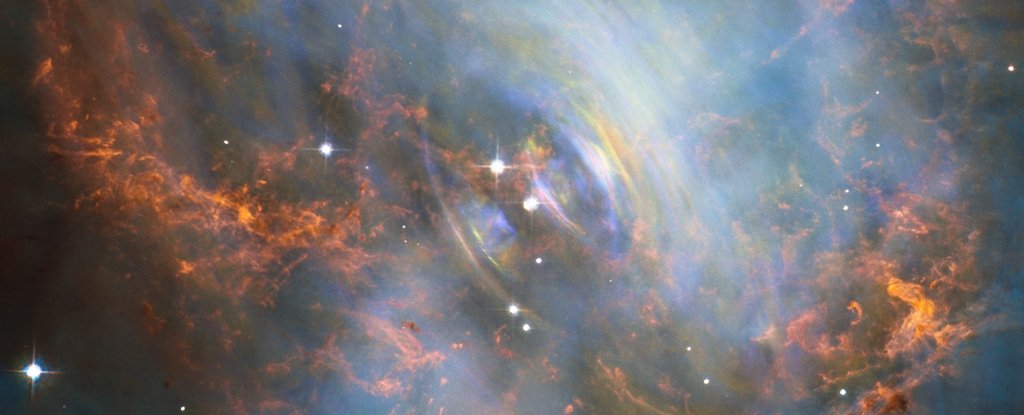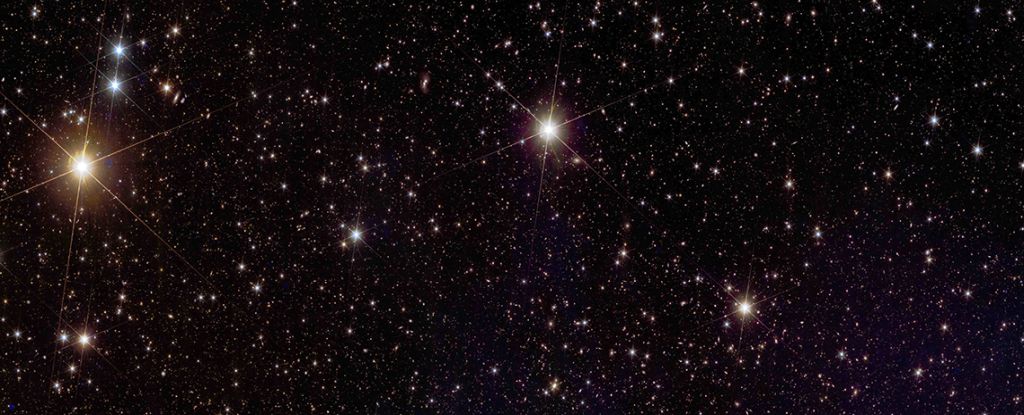Researchers have recently shown that different mechanisms control the hallucinogenic and antidepressant effects of psychedelics like these LSD And psilocinThis potentially paves the way for the use of these “club drugs” as non-psychedelic trip-inducing treatments.
“The antidepressant and plasticity-promoting effects of psychedelics may be separable from their hallucinogenic effects,” say the researchers write in your published article.
These psychedelic drugs have shown promise as treatments depression and post-traumatic stress disorder in a few preliminary clinical studies. If these drugs could be engineered to turn off their hallucinogenic effects, they could be more easily accepted and used as treatments.
Using cells in a dish, European researchers led by the University of Helsinki in Finland found that LSD and psilocin bind strongly to the TrkB (neurotrophic receptor tyrosine kinase) receptor. This binding was 1,000 times stronger than that of other antidepressants, such as fluoxetine And ketamine.
This association boosted brain-derived neurotrophic factor (BDNF), a protein that controls brain plasticity and learning.
By enhancing BDNF, psychedelics made it easier for mice to create new neural pathways and unlearn a conditioned fear response.
In the study, the researchers tested this by conditioning mice to fear foot strikes and then attempting to reverse that conditioning through retraining. Mice given psychedelics were better at overcoming their fear than the control group.
This behavioral effect was lost in mice with a mutation that affected the binding of psychedelics to the TrkB receptor.
Mice taking psychedelics appeared to hallucinate regardless of this mutation—recognizable by small head twitches—suggesting that something other than the TrkB receptor triggered hallucinations.
The hallucinogenic effects of psychedelics are known to be mediated through activation of serotonin receptors in the brain. When researchers blocked this pathway with a serotonin antagonist, the head twitching stopped.
“Taken together, these results strongly suggest that TrkB mediates the plasticity-related and antidepressant-like effects of LSD at the network and behavioral levels, but is not involved in its hallucinogenic effects,” the researchers said write.
“The hallucinogenic effects of psychedelics limit their wide clinical use, as their administration is confined to clinical settings that often require intensive monitoring,” they say explain.
“These data…open a path for the structure-based design of high-affinity TrkB-selective ligands with rapid and long-lasting antidepressant effects, but potentially without hallucinogenic activity.”
There was one in the last decade Increase in the number of clinical trials use MDMAPsilocin and LSD to treat psychiatric disorders such as anorexia, Post-traumatic stress disorderAnd depression.
These drugs are thought to increase neuroplasticity and may help people unlearn unhelpful behaviors develop new perspectives on the world in combination with therapy.
In February, Australia became the first country in the world to allow psychiatrists to prescribe psilocybin (which converts to psilocin in the body) and MDMA for treatment-resistant mental illness.
This paper was published in natural neuroscience.





